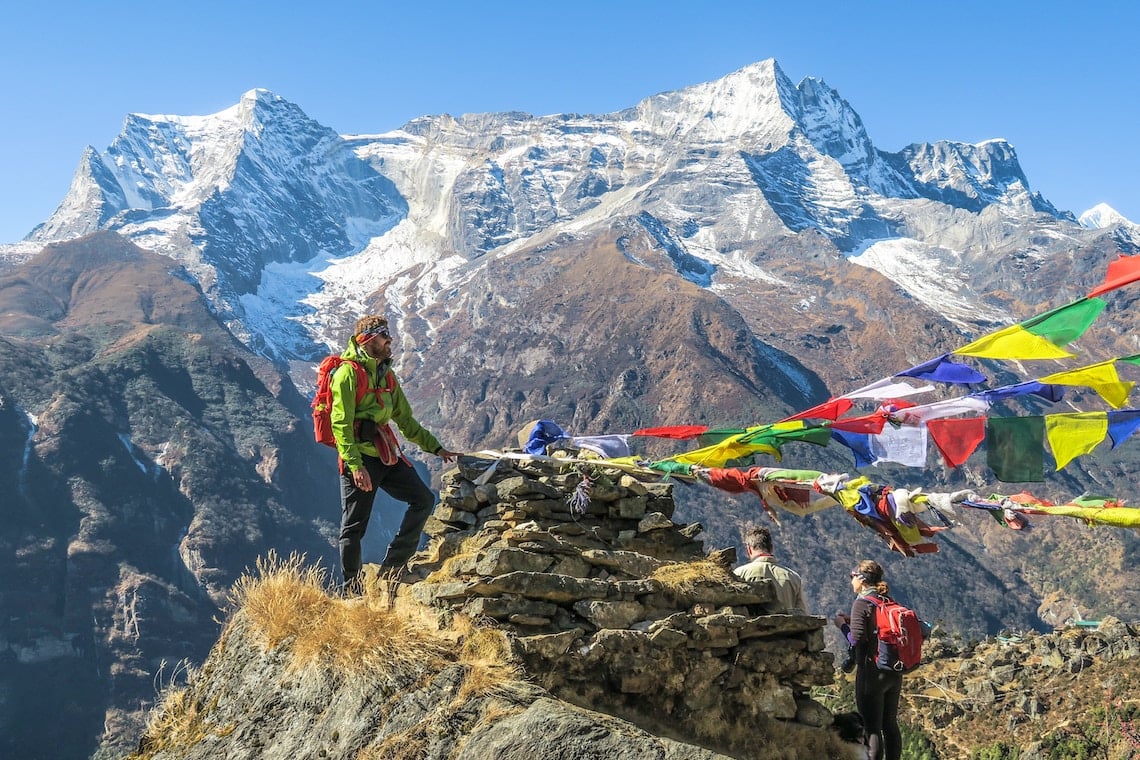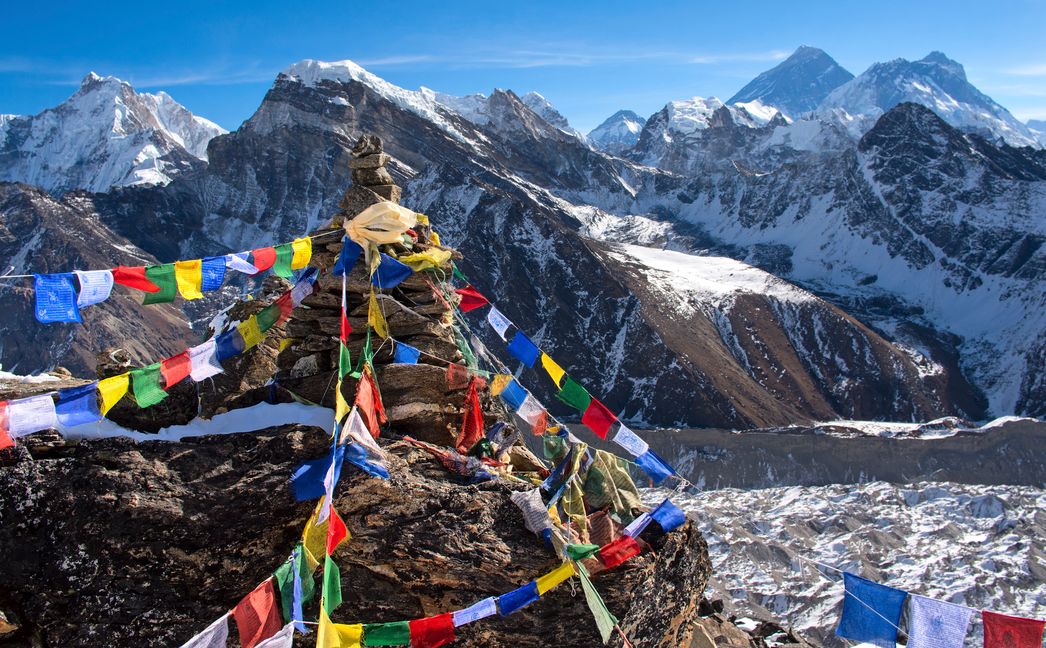The Himalayas, often referred to as the “abode of snow,” stand as a geological marvel, a cultural treasure, and a spiritual sanctuary. Let us embark on a virtual trek through these majestic mountains, exploring their significance, natural beauty, and human connection.

1. Geological Wonders
The Himalayas stretch across five countries—India, Nepal, Bhutan, China (Tibet), and Pakistan. Their formation began millions of years ago when the Indian tectonic plate collided with the Eurasian plate. This ongoing collision continues to raise the Himalayas at a rate of about 5 millimeters per year. The range spans over 2,400 kilometers (1,500 miles) and boasts some of the world’s highest peaks, including the legendary Mount Everest (8,848 meters or 29,029 feet).
2. Biodiversity and Ecosystems
Within the Himalayan expanse lies incredible biodiversity. From dense forests to alpine meadows, this range supports a wide variety of flora and fauna. Rare species like the elusive snow leopard, the playful red panda, and the vibrant Himalayan monal find refuge here. The region’s lifeblood flows through its rivers—the Ganges, Indus, and Brahmaputra—originating from Himalayan glaciers and sustaining millions of people downstream.

3. Spiritual and Cultural Significance
For centuries, the Himalayas have been a spiritual haven. Hinduism, Buddhism, and other indigenous beliefs consider these peaks sacred. Mount Kailash, revered by Hindus, Buddhists, and Jains alike, is believed to be the abode of Lord Shiva. Monasteries and stupas dot the landscape, their walls echoing with chants and prayers.
4. Adventure Awaits
The Himalayas beckon adventurers and trekkers. The Annapurna Circuit, Everest Base Camp, and Kanchenjunga trails offer breathtaking vistas, challenging terrain, and encounters with local communities. The thrill of reaching high-altitude passes and witnessing sunrise over snow-capped peaks is unmatched.

5. Challenges and Conservation
Climate change poses a significant threat to the Himalayas. Melting glaciers, erratic weather patterns, and increased human activity impact the fragile ecosystem. Conservation efforts focus on sustainable tourism, reforestation, and raising awareness.
6. Personal Reflections
As someone who has trekked through these awe-inspiring mountains, I can attest to their transformative power. The crisp mountain air, fluttering prayer flags, and camaraderie of fellow trekkers create an indelible experience. The Himalayas teach humility, resilience, and reverence for nature.
7. Conclusion
The Himalayas are more than a geographical feature; they are a symbol of human curiosity, endurance, and interconnectedness. Whether you seek adventure, spirituality, or simply awe-inspiring beauty, the Himalayas await, inviting you to explore their peaks and valleys.
In summary, the Himalayas remain an eternal muse—a place where Earth meets sky, and where humanity discovers its own limits and possibilities.